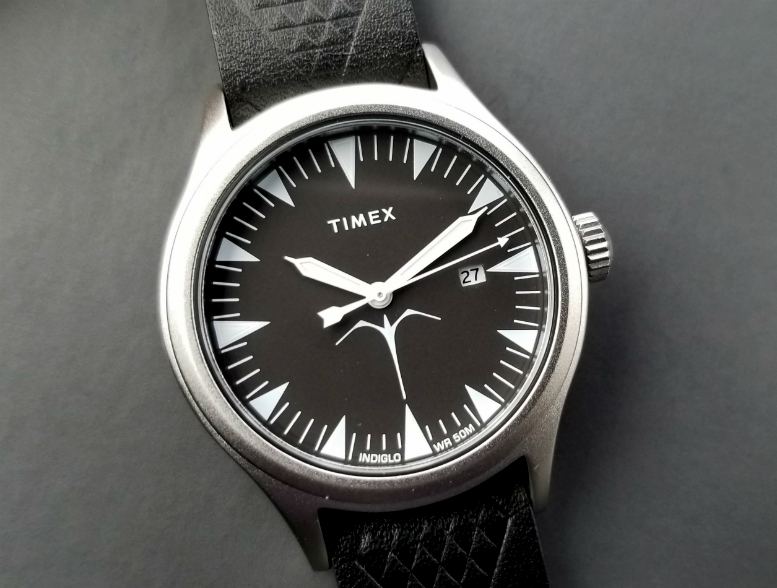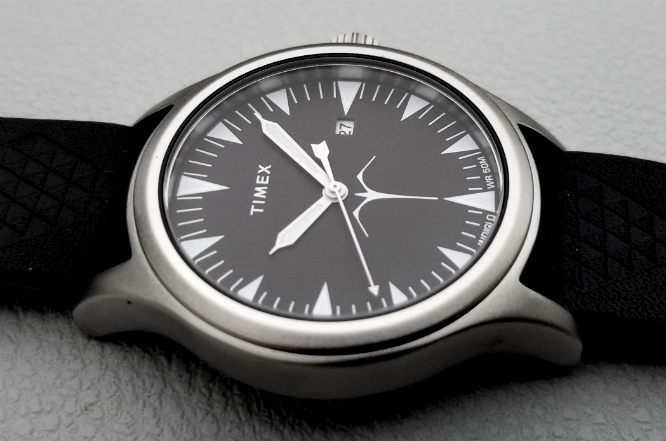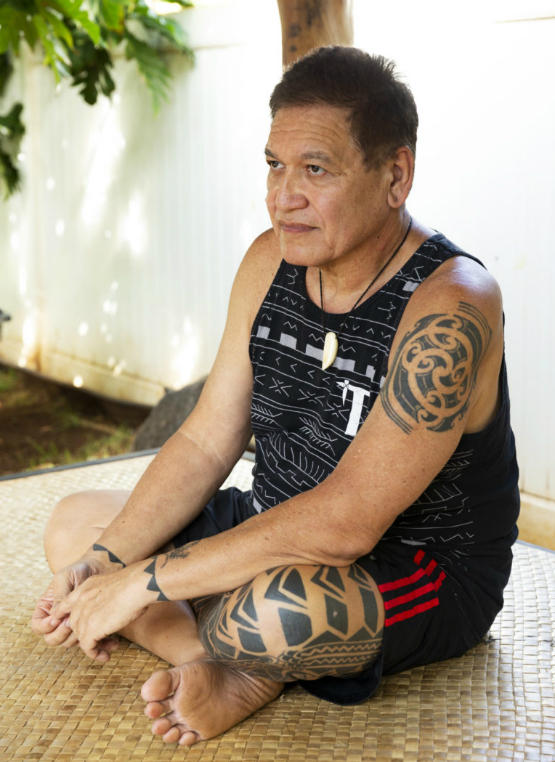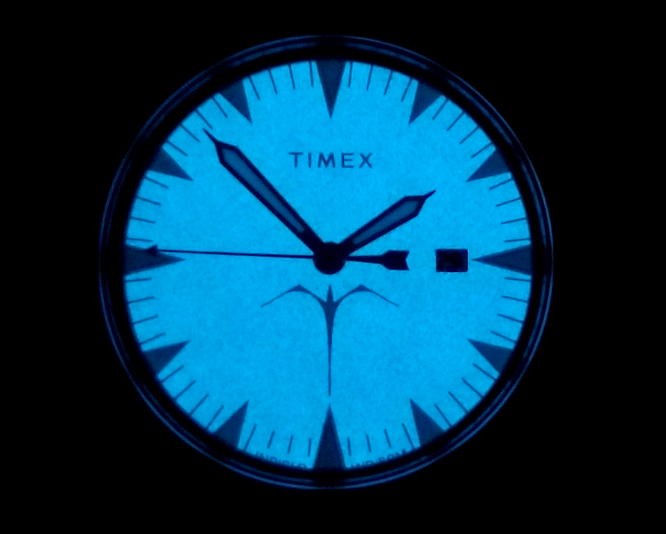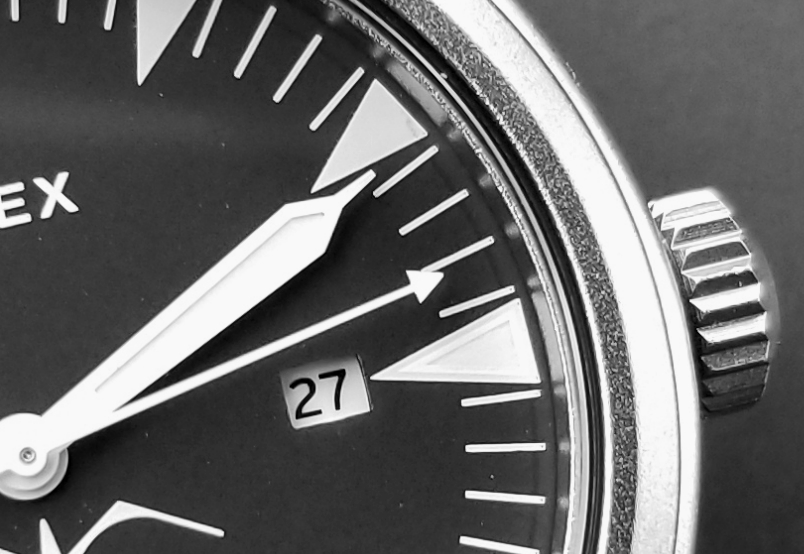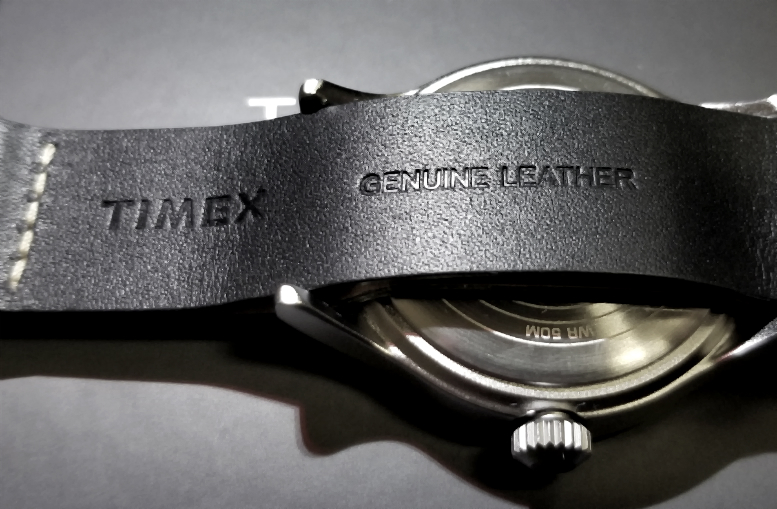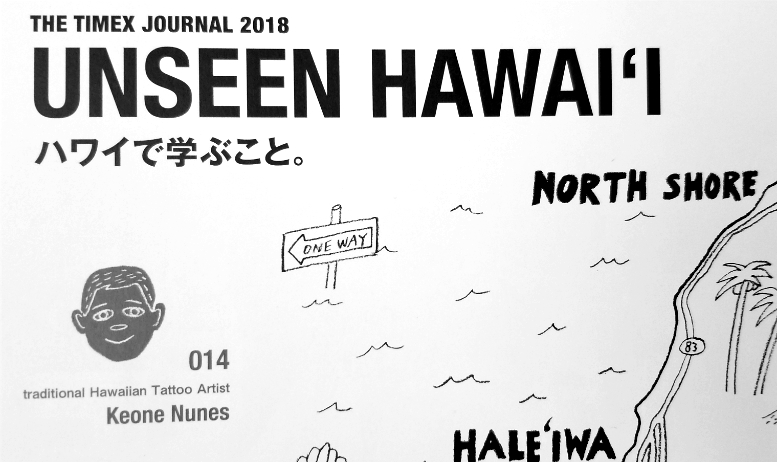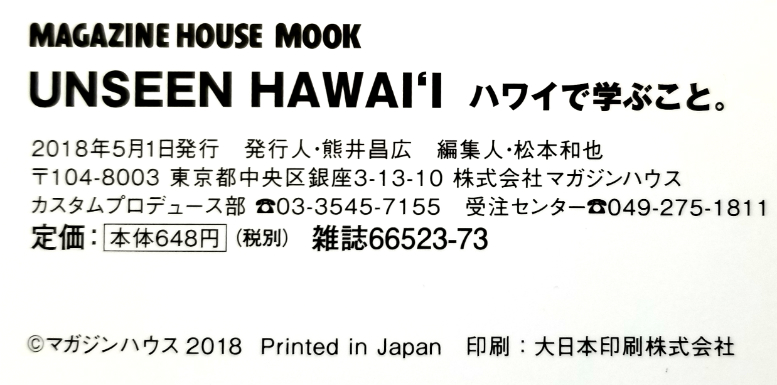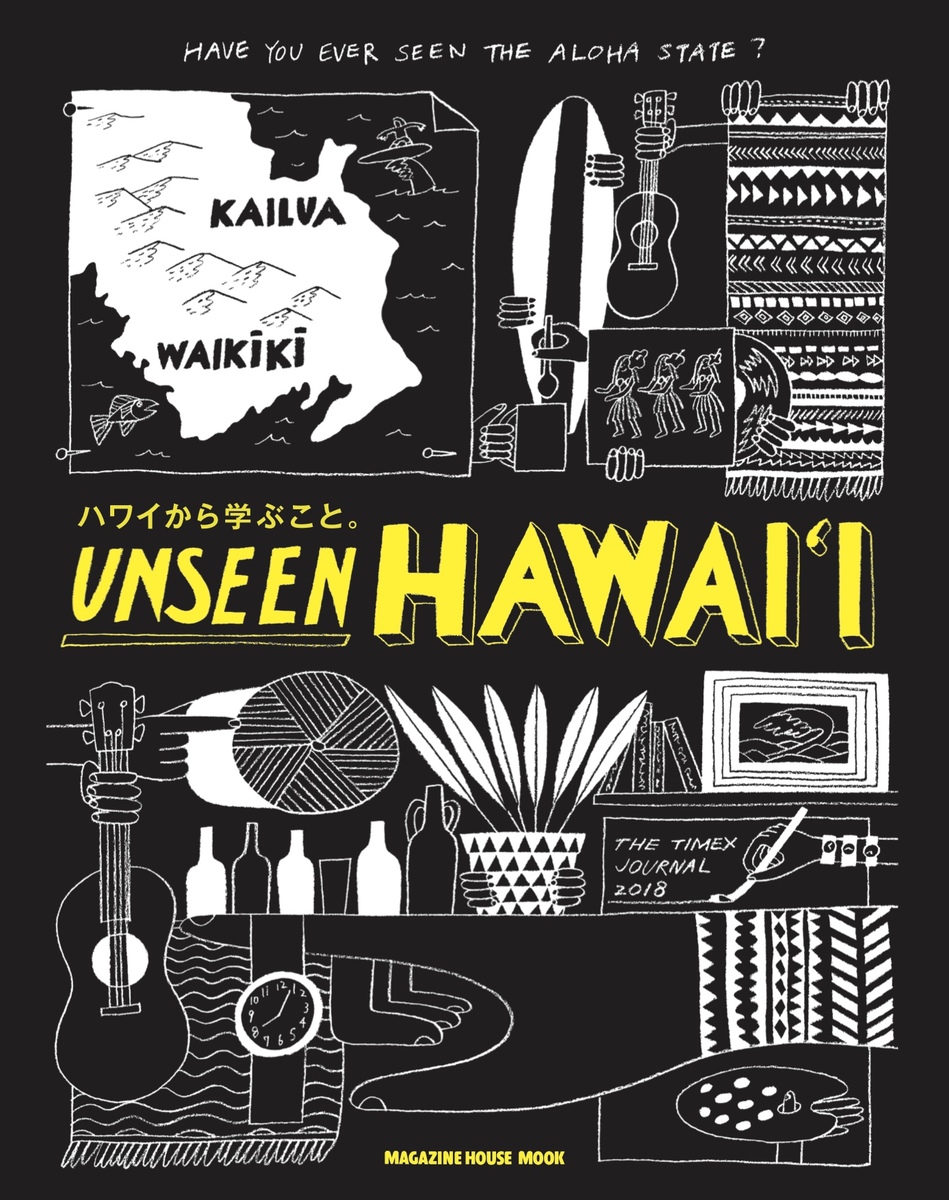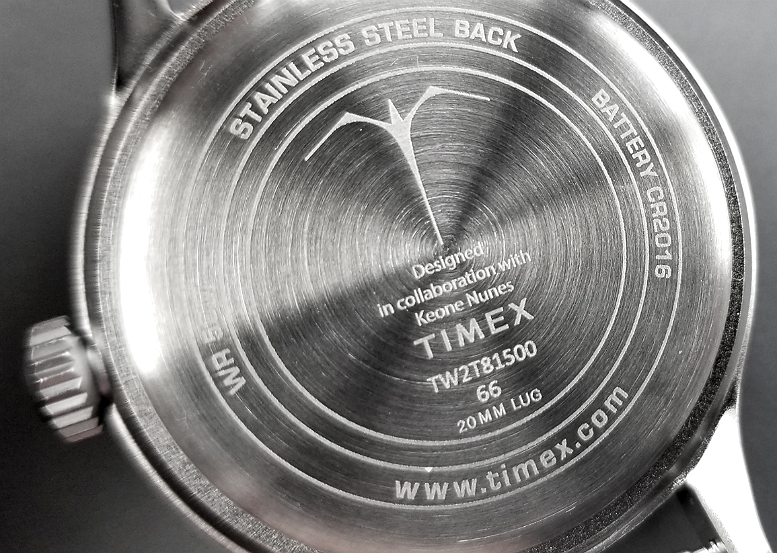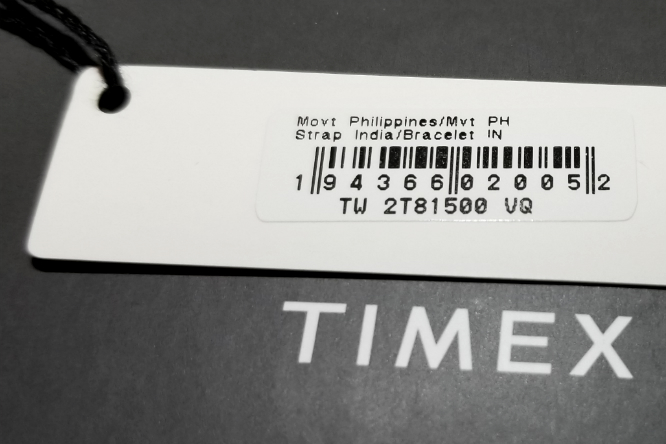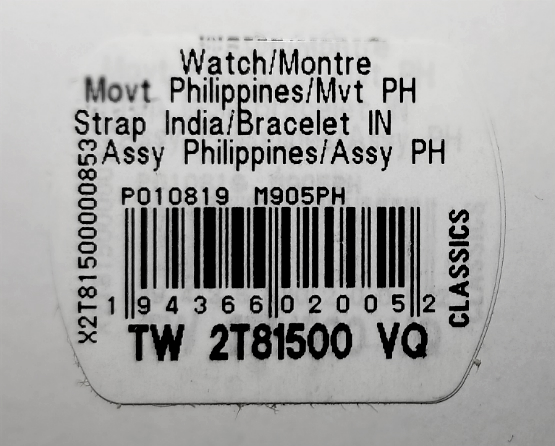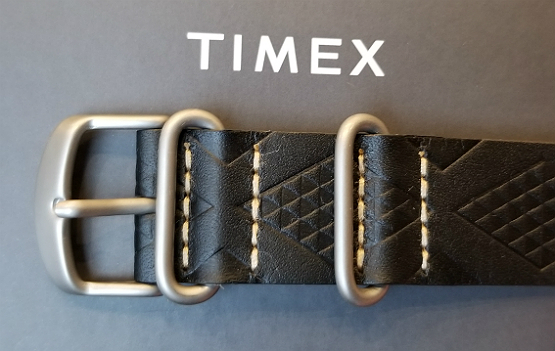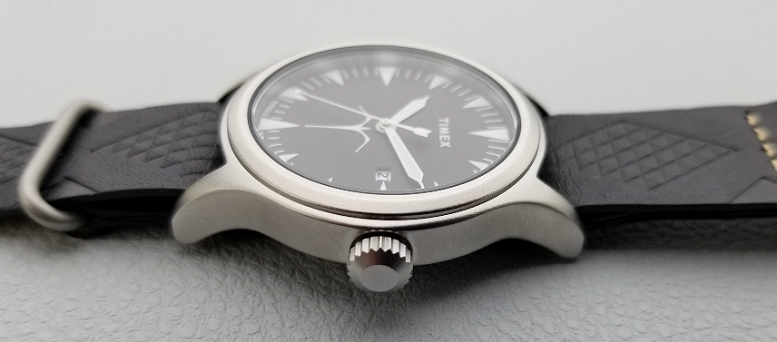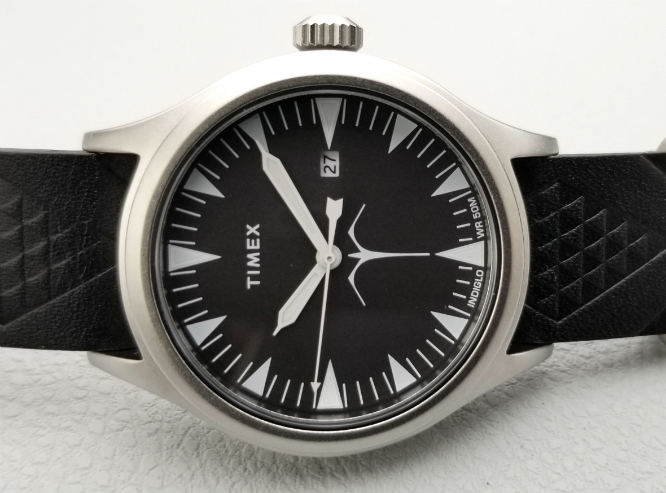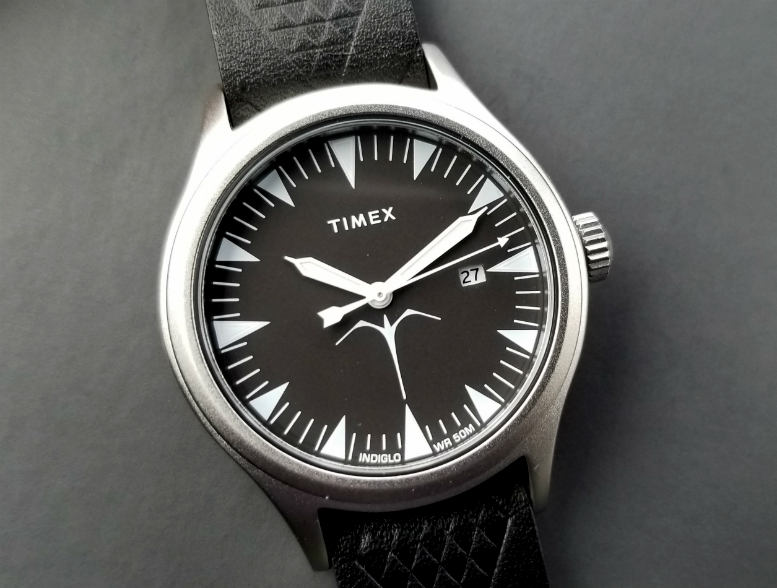TIMEX x Keone Nunes Watch, August 2019
"Bringing together the craft of watchmaking with centuries-old tattoo designs, the Timex x Keone Nunes collection draws its inspiration from Polynesian symbols representing family, courage and safe travels in the journey of life." [1]
Hi, this is Alan. Thanks for your interest in reading these pages. My contact information is at the bottom. Here is a very special watch released on August 21, 2019, sixty years after Hawaii became a US state. It is a TIMEX watch, made in collaboration with Hawaiian tattooist and practitioner Keone Nunes who designed the watch. This watch is actually one of a series of four timepieces. According to Keone, the "simple, understated designs" were "intentionally selected to connect wearers to their roots for generations to come.”
end/
On this page, I will write about the watch, about Mr Nunes and traditional tattoo and practices, about some of the events that led up to the development of the watches, and about my usual hodgepodge of information. As is sometimes the case with these pages, information may be a bit "disjointed" or out of order, and I hope you can bear with some of that. But I'll do my best to be inclusive of everything I have learned in as clear a manner as I can! Thank you.
The watch and leather strap are designed using the TIMEX Scout as a base model, and incorporates "Polynesian symbols representing family, courage and safe travels in the journey of life." [1]
Specifications: 40 mm diameter, brass case with matte silvertone plating, mineral glass, 50m (5 atm) waterproof, 20 mm lugs, quartz movement, single-piece leather strap, INDIGLO® dial and luminous hands and dial marks at 12, 3, 6, 9. There is also a date window in white.
Keone Nunes, 2018, photo © and taken by Dan Noguchi, used with permission.
The bird design on the dial is the tattoo symbol for the koa’e ‘ula, or red-tailed tropicbird, which has meanings of navigation, safe travels, safe return home. Below is the drawn symbol, and below that a photo of the bird in flight. Generically, birds are known as manu.
When I first learned about this project, I believed it would be a TIMEX Japan exclusive, but it is available not only in Japan, but also at timex.com, and certain European e-commerce. Above, from the TIMEX Japan website.
INDIGLO® "nightlight" feature is activated in this darkroom photo. In addition, the hands and dial have standard light-activated luminous material. This is the first I've seen of this dual-lighting situation, but apparently it's not a new thing.
Good, detailed look at the crown, case, dial, hands, date. Notice a faint "frame" at the edges of the arrow marker at 3. This is some kind of applied luminous film, and is only present at 12, 3, 6, 9.
Back of the black leather strap, single-piece pull through type. It's a nicely made strap, contrasting cream-colored stitching, comfortable. Made in India.
Representatives from TIMEX Japan traveled to Hawaii, for the making of the 2018 edition of the TIMEX Journal, a "magazine book" format (a "mook") that is popular in Japan. The theme of the 2018 is UNSEEN HAWAI'I, and first article in the journal is a story about Keone Nunes. (Above and below images, MAGAZINE HOUSE MOOK.
"HAVE YOU EVER SEEN THE ALOHA STATE?" Well, I've been to Hawaii five times, but after looking through the book (it's in Japanese, so I had to content myself with the photos) I can reliably say that as much as I believe I have seen a lot there, and as much as I've enjoyed my trips there immensely, I don't think I've really seen the Aloha State, in the way they present it!
Detail from the strap, featuring a geometric design of repeating equilateral triangles. This is nihoniho, and is a traditional Polynesian symbol representing protection and guidance.
This watch is physically very beautiful, but just as important, maybe even more so, are the symbols it incorporates. I am not really good at philosophy, but it evokes some powerful feelings, and I will try to describe them below, somewhere in this review.
Nice caseback, including the koa’e ‘ula bird symbol, and "Designed in collaboration with Keone Nunes." The 66 indicates it was manufactured in June 2019.
Suluape Keone Nunes:
"Nunes, considers himself more of a practitioner than a tattooist. He brought back the art of traditional tattooing to Hawaii in the '90’s, learning from the Samoan kakau (tattoo) master, Sua Suluape Paulo. It’s an art form that doesn’t use machinery, just traditional, handmade tools—made of whale bone, wood and fibers—to tap natural ink into the skin." [2]
Our word "tattoo" comes from the traditional word tatau. Traditional tattoo as practices by Keone use no needles. Nothing uses electricity. The ink is "tapped" into the skin using the techniques and the types of handmade tools dating back centuries.
I really suggest reading the below articles, to learn more about the work he does, and what is behind it. They describe it all far better than I could.
.
Tag and barcode sticker. Model is TW2t81500VQ. I don't think I've seen this kind of labelling, where there is so much detail about countries of origin. Strap is made in India, movement is Philippines (I presume in-house TIMEX movement made at their factory in Cebu) and assembled in Philippines.
Strap buckle, with NATO-type hardware in the same matte silvertone as the case. The contrast stitching is a kind of off-white, cream color and nicely complements the black leather. Another good look at the repeating triangles, nihoniho.
From his Instagram, Keone writes about the project, with TIMEX:
"When first approached, I was truly hesitant as there are much more well known people who do the work than myself. I hope the simple, understated designs will be looked at as a tribute to all my teachers who have given everything that has made me who I am, for without their continued guidance I would be nothing. Everything I do is to honor them, the people I care for and the cultures I represent. Timex has always honored the general public and I am proud to be associated with this historic company."
Wearing this watch evokes powerful feelings. More than I might have expected. If you read the above-linked articles, you'll learn that the designs and the meanings that they symbolize are ancient and important. Originally, only people of royalty and high rank received tattoos. Today, even though you don't have to be royalty, still not everyone is able get tattoos from practitioners like Keone. Having a certain motivation and character, wishing to maintain and/or establish connections with your ancestors, along with other individual characteristics will influence what is described as the "relationship" between the individual and the practitioner, and will influence if a tattoo should be made.
Keone writes:
'The placement and designs afford the person a connection with their ancestors, a connection with who they are. It reaffirms that person as being kanaka (Native Hawaiian), as being from this place. It gives you a deeper-rooted connection. It gives you a basis, a foundation to continue your life on." [2]
Woah... So, to someone like myself who does not have connection to Native Hawaiian ancestry, someone who would not get a tattoo like these, this feels like a gift. A gift of being able to share something that is very special to people of another culture, and to hopefully receive the "blessings" therein, blessings that if you think about it are really universal, right? What person, group of people, or culture does not value family, courage, safe travels, protection, and guidance? To be allowed to share in these universal values is not only a gift, but through their universality is also a kind of expression of the common goals and oneness of people, no matter who they are or where they live. So, I find this not only a powerful thing to own and wear, but one that can help to create a greater unity between various peoples. I'm grateful and honored to be able to wear it.
